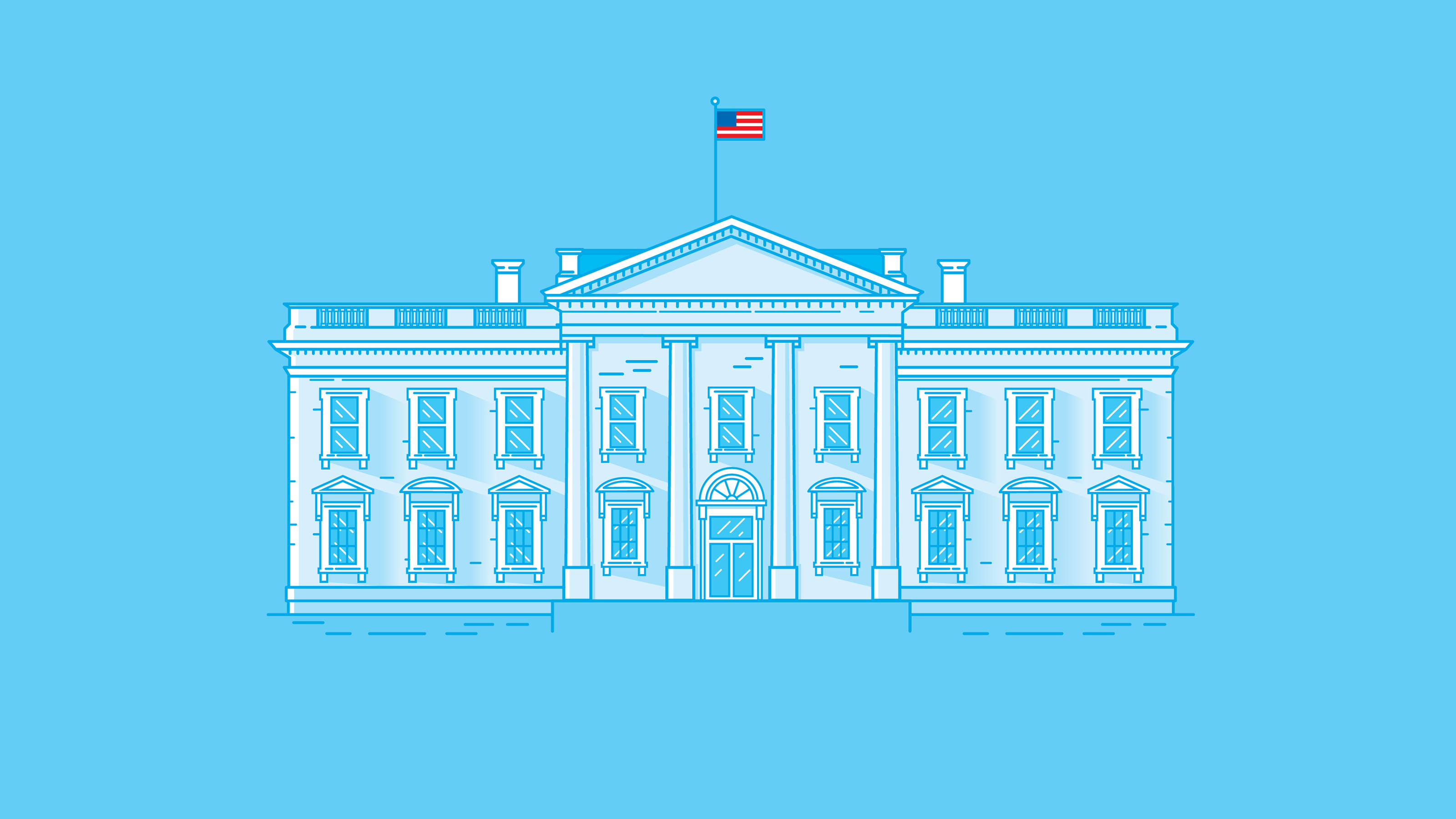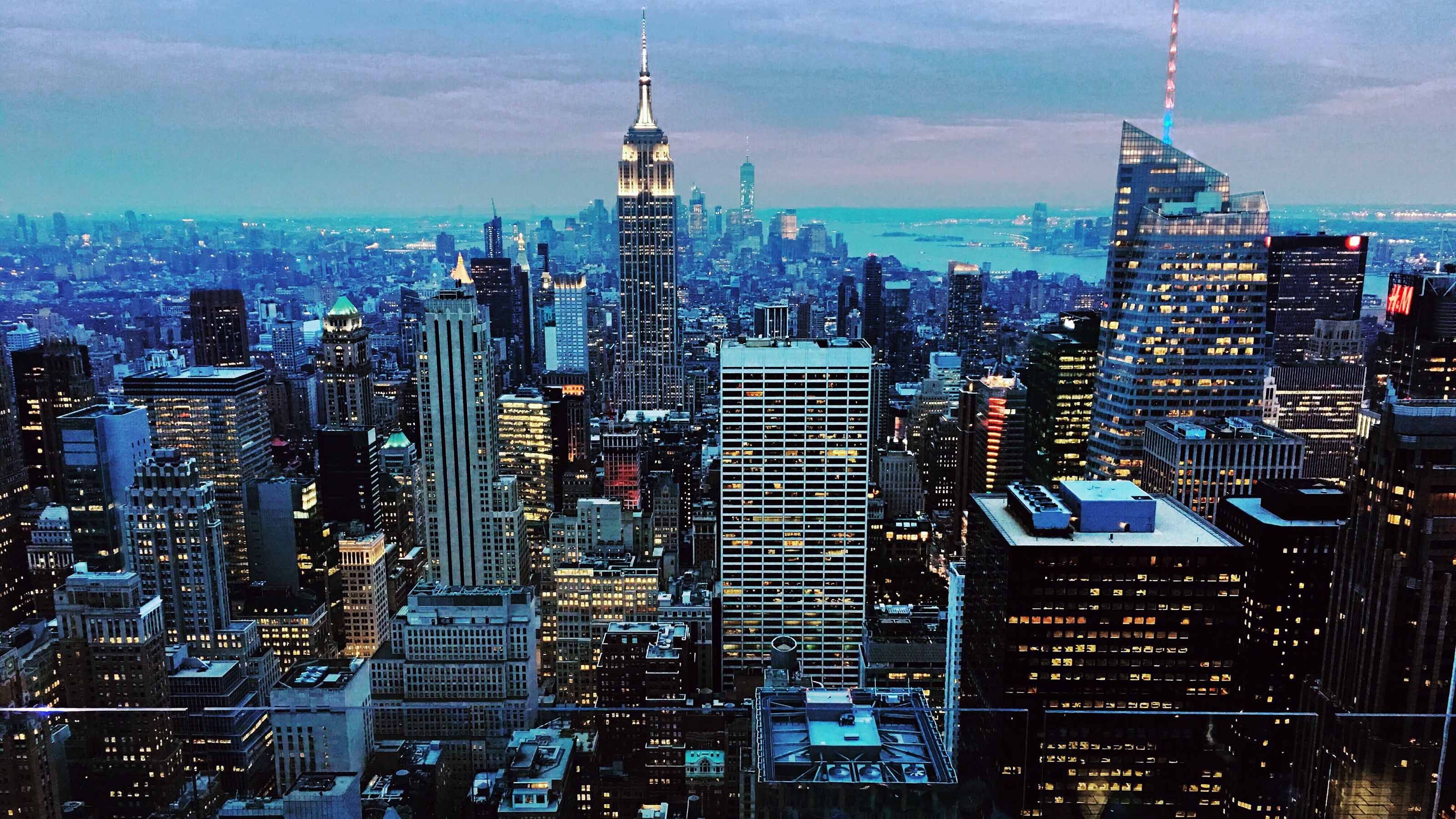Exotic Blue Chips
Companies in developing countries are worth owning as well-run, profitable, global businesses.

The ranks of the largest and most dynamic businesses in the world are being bolstered by companies in the developing world. Last year, for instance, the Fortune Global 500, a list of the publicly traded firms with the highest revenues, included 35 companies from China, India and Brazil. That's up from 24 companies just two years earlier -- a gain of almost 50%.
By contrast, in 2007 the U.S. and Japan -- far and away the top two contributors to the list -- accounted for 229 of the 500 largest global companies, down from 257 in 2005.
In the past, the main reason to own shares of firms in the developing world was to profit from the growth of the markets in which they were headquartered. After all, developing markets are booming. Last year, emerging Asian stock markets returned 33% in local currency, and Latin American markets gained 30%. But now there's an additional reason to own the stocks: Companies in developing countries are themselves worth owning as well-run, profitable, burgeoning global businesses.
From just $107.88 $24.99 for Kiplinger Personal Finance
Become a smarter, better informed investor. Subscribe from just $107.88 $24.99, plus get up to 4 Special Issues

Sign up for Kiplinger’s Free Newsletters
Profit and prosper with the best of expert advice on investing, taxes, retirement, personal finance and more - straight to your e-mail.
Profit and prosper with the best of expert advice - straight to your e-mail.
An additional attraction of such stocks is that when you consider how fast the companies are growing, the shares are relatively cheap.
Little giants
Many of these companies earn the bulk of their rising profits in the most developed markets. Consider Embraer (symbol ERJ), a maker of regional jets based in São José dos Campos, Brazil. The stock trades on the New York Stock Exchange with a market capitalization of $9 billion. Embraer has revenues of $5 billion, and about two-thirds of the company's orders come from U.S. airlines, with significant sales as well in Switzerland, Britain, China, France and Saudi Arabia.
Cemex (CX), the Mexican cement company, received roughly one-fifth of its revenues last year from the U.S., two-fifths from Europe and only one-fifth from Mexico itself.
Embraer and Cemex are among the companies highlighted in a report issued in January by Boston Consulting Group on "new global challengers."
To construct its list of 100 companies, BCG started with 3,000 firms headquartered in 14 countries that it terms rapidly developing economies, or RDEs. The researchers omitted joint ventures and subsidiaries of multinationals. To make the final cut, firms had to have at least $1 billion in annual sales as well as a broad international presence, good access to capital and strong technology.
Of the final 100, 41 were based in China, 20 in India, 13 in Brazil, seven in Mexico, six in Russia, three in Turkey, two each in Malaysia and Thailand, and one each in Argentina, Chile, Egypt, Hungary, Indonesia and Poland.
The biggest businesses in RDEs today tend to be natural-resources firms, but most of them were too stodgy to make the BCG list. Only nine of the 100 were fossil-fuel companies, but they included such giants as PetroChina (PTR), which in early January had a larger market capitalization ($326 billion) than Microsoft, and Poland's PKN Orlen, the largest company in Central Europe, with $17 billion in revenues.
Instead of fossil fuels, BCG's largest single category was automotive equipment. Also high on the list were such sectors as consumer electronics and engineered products.
Buying abroad
Americans will find many of these new global challengers unfamiliar. I'd never heard of Marcopolo, the world's third-largest manufacturer of buses, with plants in four Latin American countries as well as Portugal and South Africa. The company, based in Brazil, was founded in 1949 and trades on the Bovespa, the São Paulo stock exchange. Marcopolo has a market cap of $1.5 billion, and its stock returned nearly 50% in 2007.
Then there's Tenaris (TS), an Argentine maker of tubes and pipes, with sales of $10 billion, a market cap of $24 billion and a price-earnings ratio, based on estimated year-ahead earnings, of just 10. About four-fifths of the company's revenues come from abroad.
A trend among the fast-growing companies in developing markets is to acquire other companies in developed markets. For example, one of the Boston Consulting 100, Brazil's JBS-Friboi, announced last year it was buying Swift & Co., creating the world's largest meat company, with expected revenues in 2008 of $13 billion and customers in 110 countries.
Similarly, Cemex, founded in northern Mexico in 1906, has bought Britain's RMC Group and Australia's Rinker Group over the past three years, creating a giant that expects $24 billion in sales in 2008. Cemex's shares fell 20% over the past year, but it still carries an impressive market cap of $19 billion. The forward P/E is down to 9.
And global-challenger Severstal, a Russian steel company, has been buying up U.S. companies, including Rouge Steel, the venerable Detroit firm that provided metals for Ford cars and trucks for decades but had fallen on hard times. In December, Severstal opened the first steel mill built in the U.S. in six years, in Columbus, Miss.
Financing retirement
We can probably expect more developing-market firms to scoop up European and U.S. companies. Jeremy Siegel, the Wharton economist and Kiplinger's columnist, argues in his 2005 book, The Future for Investors, that short of delaying their retirements for a decade or more, the only way Americans as a whole can maintain a high standard of living in the future will be to sell assets (including whole companies) to foreigners. And the purchasers with the cash will be fast-growing businesses in fast-growing markets, such as China, India and Brazil.
China gets most of the attention, but India appears to be richer in well-priced companies of the sort that BCG favors. One example is Tata Motors (TTM), which trades on the New York Stock Exchange. Tata makes low-cost passenger cars and pickup trucks and carries a forward P/E of 12 and a PEG ratio (which is P/E divided by the expected earnings growth rate) of 0.7. A PEG ratio of less than 1.0 typically indicates a bargain stock. Tata has a market cap of about $8 billion.
India is also home to excellent pharmaceutical companies. Many of them, such as Dr. Reddy's Laboratories (RDY), are concentrating on generic drugs. Major markets for Dr. Reddy's, in addition to India, are Germany and the U.S. The company has a market cap of $3 billion and was trading at a forward P/E of 15 in early January.
Other intriguing Indian companies that are on the list of BCG global challengers but aren't traded on U.S. exchanges include Suzlon Energy (wind power), Cipla (pharmaceuticals) and Crompton Greaves (engineered products).
The best way to buy into India is the India Fund (IFN), a closed-end fund that trades on the New York Stock Exchange. India Fund owns several global challengers, including Infosys Technologies (INFY), one of the world's great high-tech companies -- and an apparent bargain at a forward P/E of 17 and a PEG ratio of just 0.8. Infosys is one of the biggest challengers, with 81,000 employees and a market cap of $23 billion. As for India Fund itself, its calendar-year returns on assets, starting in 2003, have been remarkable: 139%, 24%, 50%, 30% and 40%.
Broader emerging-markets funds also own global-challenger-style companies, and many such funds have had spectacular runs. Fidelity Emerging Markets (FEMKX), for example, rose at least 23% in each of the past five years. An investment of $10,000 at the start of 2003 would have been worth more than $50,000 by the end of 2007.
The fund holds a broadly diversified portfolio of more than 200 stocks, with Brazil the home to 12% of the companies; China, 10%; and India, 7%. There's too much emphasis on energy for my taste, but the fund is a handy way to get into world-class companies based in developing countries.
Think long term
Be aware that you must own these stocks and funds for the long haul because they tend to run in cycles. Fidelity Emerging Markets, for example, declined in value in 1997, 1998, 2000, 2001 and 2002 before its fabulous streak between 2003 and 2007. And India Fund has had some horrendous years. But don't be shy. The future (or a big chunk of it) belongs to well-run firms far from Silicon Valley, New York and London.
James K. Glassman is a senior fellow at the American Enterprise Institute. He owns shares of India Fund.
Profit and prosper with the best of Kiplinger's advice on investing, taxes, retirement, personal finance and much more. Delivered daily. Enter your email in the box and click Sign Me Up.

-
 Santa Claus Rally at Risk as Tech Stocks Slump: Stock Market Today
Santa Claus Rally at Risk as Tech Stocks Slump: Stock Market TodayThe Nasdaq Composite and Dow Jones Industrial Average led today's declines as investors took profits on high-flying tech stocks.
-
 7 Ways to Save Money on Almost Everything
7 Ways to Save Money on Almost EverythingHigh prices got you down? These strategies can help you reap deep discounts on everyday spending.
-
 My Top 10 Stock Picks for 2026
My Top 10 Stock Picks for 2026Each year, we ask an expert to pick 10 stocks that have the potential to beat the market over the next 12 months. Here are his choices for 2026.
-
 Best Banks for High-Net-Worth Clients
Best Banks for High-Net-Worth Clientswealth management These banks welcome customers who keep high balances in deposit and investment accounts, showering them with fee breaks and access to financial-planning services.
-
 White House Probes Tracking Tech That Monitors Workers’ Productivity: Kiplinger Economic Forecasts
White House Probes Tracking Tech That Monitors Workers’ Productivity: Kiplinger Economic ForecastsEconomic Forecasts White House probes tracking tech that monitors workers’ productivity: Kiplinger Economic Forecasts
-
 Stock Market Holidays in 2025 and 2026: NYSE, NASDAQ and Wall Street Holidays
Stock Market Holidays in 2025 and 2026: NYSE, NASDAQ and Wall Street HolidaysMarkets When are the stock market holidays? Here, we look at which days the NYSE, Nasdaq and bond markets are off in 2025 and 2026.
-
 Stock Market Trading Hours: What Time Is the Stock Market Open Today?
Stock Market Trading Hours: What Time Is the Stock Market Open Today?Markets When does the market open? While the stock market has regular hours, trading doesn't necessarily stop when the major exchanges close.
-
 Bogleheads Stay the Course
Bogleheads Stay the CourseBears and market volatility don’t scare these die-hard Vanguard investors.
-
 The Current I-Bond Rate Is Mildly Attractive. Here's Why.
The Current I-Bond Rate Is Mildly Attractive. Here's Why.Investing for Income The current I-bond rate is active until April 2026 and presents an attractive value, if not as attractive as in the recent past.
-
 What Are I-Bonds? Inflation Made Them Popular. What Now?
What Are I-Bonds? Inflation Made Them Popular. What Now?savings bonds Inflation has made Series I savings bonds, known as I-bonds, enormously popular with risk-averse investors. How do they work?
-
 Investing in Emerging Markets Still Holds Promise
Investing in Emerging Markets Still Holds PromiseEmerging markets have been hit hard in recent years, but investors should consider their long runway for potential growth.